Green
View All Tags
The green coloration that develops on ancient copper coins is primarily due to the chemical process known as patination or corrosion, which occurs when copper reacts with various elements in the environment. This process is a form of oxidation, where copper metal reacts with oxygen in the air and other environmental factors over time, leading to the formation of copper salts, particularly copper carbonate and copper hydroxide, which give the coins their characteristic green hue. The specific green color is often a result of the formation of copper(II) carbonate (CuCO₃), copper(II) hydroxide (Cu(OH)₂), and copper(II) chloride (CuCl₂), especially in regions with high humidity or exposure to salty air, such as coastal areas.
The patina formation process begins when copper metal is exposed to air and moisture, which allows the metal to react with the oxygen in the atmosphere. The presence of water can accelerate this process, especially if the water contains dissolved carbon dioxide (CO₂), which leads to the formation of copper(II) carbonate. This compound appears as a greenish-blue coating on the surface of the coin. In some environments, especially in coastal or polluted areas, the exposure to chlorine from sea air or industrial pollution can result in the formation of copper chloride, which also contributes to the greenish tint.
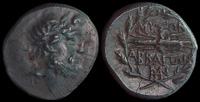
Abbaitis, Phrygia 200-100 BCE
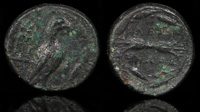
Alexander I Molossos 334-332 BCE
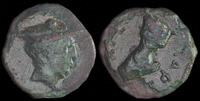
Alexander of Pherai 369-359 BCE
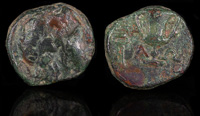
Alopokonnesos, Thrace 400-300 BCE
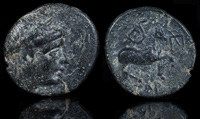
Atarneos, Mysia 400 BCE

Athens, Attica 264-267 CE

Athens, Attica 39-37 BCE
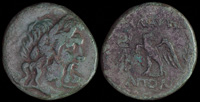
Blaundos, Lydia 200-100 BCE
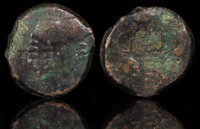
Celtic Treveri. 50-30 BCE
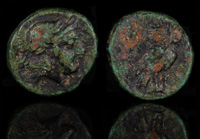
Chares 350 BCE
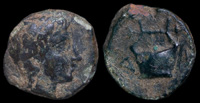
Delos, Cyclades 280-166 BCE
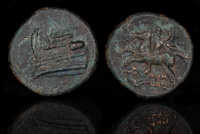
Demetrios Poliorketes 300 BCE
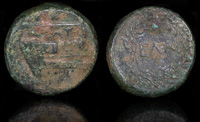
Elaios, Thrace 4th-3rd cent BCE
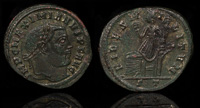
Galerius 305 CE
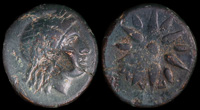
Gambrion, Mysia 4th-3rd century BCE
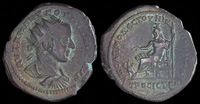
Gordian III 238-244 CE
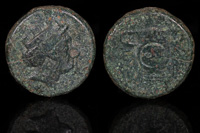
Hebryzelmis 389-383 BCE

Ilion, Troas 301-281 BCE
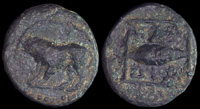
Kardia, Thrace 350-309 BCE
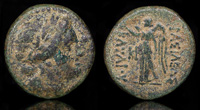
Kavaros 230-218 BCE
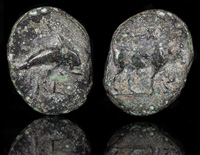
Keramos, Caria 4th century BCE
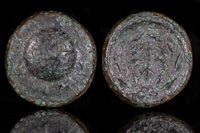
Kleopatra of Macedon 360-325 BCE
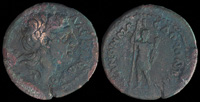
Koinon of Macedon 222-235 CE
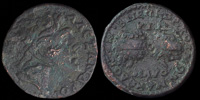
Koinon of Macedon 238-244 CE

Koinon of Macedon 239-244 CE
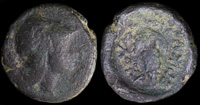
Lokris Epiknemidia 338-300 BCE
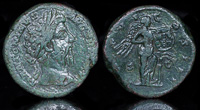
Marcus Aurelius 172 CE
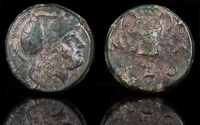
Methymna, Lesbos 350-240 BCE
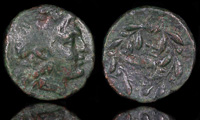
Pellene, Achaia 350-300 BCE
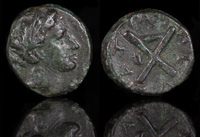
Peuma, Thessaly 302-286 BCE
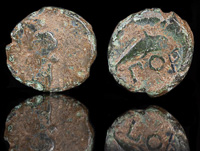
Pordoselene, Aeolis 400 BCE
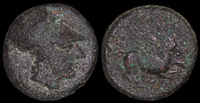
Potidaia, Macedon 380-350 BCE
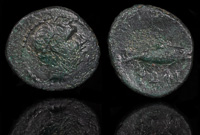
Psophis, Arkadia 350-300 BCE
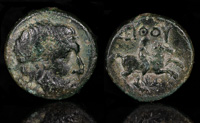
Seuthes III, Thrace 324-312 BCE
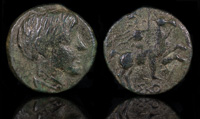
Skostokos, Thrace 277-260 BCE
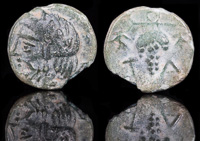
Temnos, Aeolis 3rd century BCE
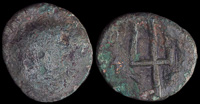
Tenos, Cyclades 200-188 BCE
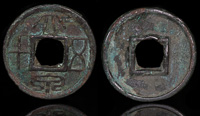
Wang Mang 7-23 CE
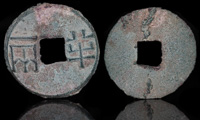
Western Han Dynasty 180-87 BCE
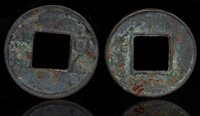
Wu Di 118-113 BCE
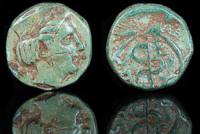
Zeleia, Troas 4th Century BCE
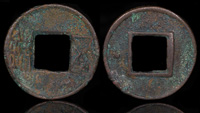
Zhang Di 75-88 CE
